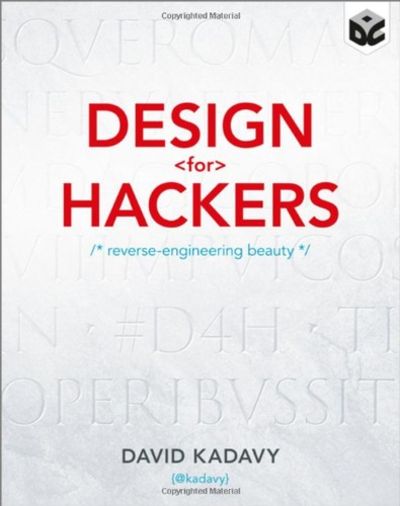
Design for Hackers – Reverse Engineering Beauty Paperback - 2011 - 1st Edition
by Kadavy, David
- New
- Paperback
Description
Standard delivery: 14 to 21 days
Details
- Title Design for Hackers – Reverse Engineering Beauty
- Author Kadavy, David
- Binding Paperback
- Edition number 1st
- Edition 1
- Condition New
- Pages 352
- Volumes 1
- Language ENG
- Publisher John Wiley & Sons Inc
- Date 2011
- Bookseller's Inventory # x-1119998956
- ISBN 9781119998952 / 1119998956
- Weight 1.95 lbs (0.88 kg)
- Dimensions 9.22 x 7.4 x 0.94 in (23.42 x 18.80 x 2.39 cm)
- Dewey Decimal Code 006.7
About Revaluation Books Devon, United Kingdom
General bookseller of both fiction and non-fiction.
From the rear cover
WHY DID MONET NEVER USE THE COLOR BLACK IN HIS PAINTINGS?
WHY IS THE GOLDEN RATIO NOT ALL IT'S CRACKED UP TO BE?
WHY IS COMIC SANS SUCH A HATED FONT?
It's amazing what you can learn about great web design by asking questions like these. Award-winning designer David Kadavy uses this "reverse-engineering" process in Design for Hackers to deconstruct classical design principles and techniques from web designers. Using an eclectic array of reverse-engineered examples, ranging from Twitter's latest redesign, to Target's red shopping carts, and ancient graffiti from the walls of Pompeii, he explains:
- COLOR THEORY: How can you enliven your designs by understanding how colors interact?
- PROPORTION AND GEOMETRY: How can you establish a grid that is suitable for the device on which your design will be displayed?
- SIZE AND SCALE How can you create clean design just by choosing the right type sizes?
- WHITE SPACE: How can you use it elegantly to communicate clearly?
- COMPOSITION AND DESIGN PRINCIPLES: How can you use them to make your designs more compelling?
- TYPOGRAPHIC ETIQUETTE: What tiny typographic details can make a huge difference in what you're communicating?
